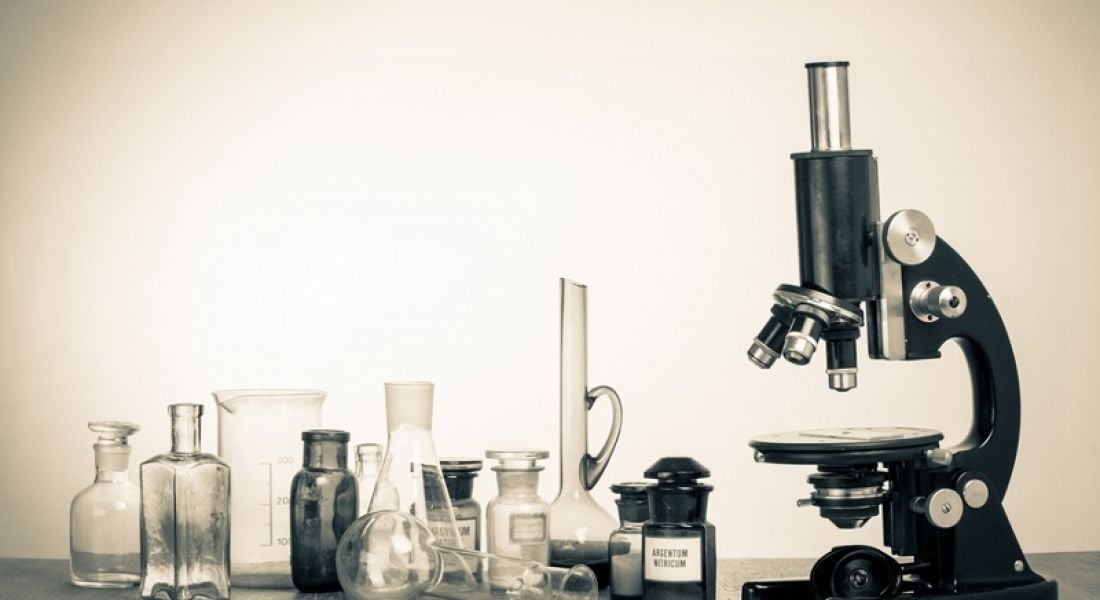Google announced the 20 Google Science Fair finalists last night, 4 August, in a live hangout.
Last month, we reported on the announcement of the 90 regional Google Science Fair finalists, three of whom were Irish entries to the prestigious contest.
Unfortunately, none of the three has made it to the final 20, but the projects that have are certainly worth a closer look.
Here are five standout projects from around the world.
Zhilin Wang, Singapore (18)
Brightening up every child’s future through affordable renewable energy
As a jumping off point for this project, Wang considered the idea that, in spite of its increasing popularity and the ease with which it can be created, the prohibitive costs of storage keep the utilisation of solar energy out of reach for citizens of developing countries.
His aim then became reducing the costs associated with storage of solar energy, not only to make it accessible to developing countries but to encourage its use as a lifestyle choice, not a luxury.
Wang’s affordable solar energy storage system consists of a zinc air battery. While its capabilities are currently limited, he predicts that development of the technology will lower the price of energy storage devices and make low-cost innovations even more affordable.
Wang hopes this project will have a knock-on effect, making education more accessible by allowing schools to offer lessons after dark and allowing them to avail of the One Laptop per Child movement.
Isabella O’Brien, Canada (13)
Trouble in paradise: Can shell recycling help buffer the effects of ocean acidification?
O’Brien found the inspiration for this project on a diving trip in Mexico, where she observed dead coral.
After doing some research, and discovering that carbon dioxide was modifying ocean chemistry through ocean acidification and contributing to coral loss, O’Brien investigated ways that the effects could be mitigated.
She hypothesised that if shell waste, which is 95pc calcium carbonate, was recycled, powdered and added to acidified seawater as an alkaline buffer, it could prevent mass deterioration of corals and existing shells.
According to O’Brien’s submission to Google Science Fair: “the hypothesis was supported. The shells in acidified seawater with shell powder deteriorated more than the control, but less than specimens in untreated acidified seawater”.
Matthew Reid, UK (14)
Arduorbiter: Open space, democratising low earth orbit
“Space is the most hazardous environment known to mankind.”
So starts Reid’s summary of his project, an open source satellite designed to drastically lower the cost of getting satellites to space.
Inspired in part by Stanford Prof Bob Twiggs’ PocketQube, which comes in at US$30,000, Reid strove to create an even more affordable satellite, the design of which he would make open source, making satellite technology accessible to everyone.
Reid sees a range of applications for these satellites – which he claims function entirely within parameters – including enabling long-range communications for coordinating disaster rescues; creating low-cost, global internet relays, and observing climate change.
Laura Steponavičiūtė, Lithuania (16)
How nanotechnologies influence nature
With this project, Steponavičiūtė sought to discover how the prevalence of nanoparticles in today’s products is affecting the ecosystem.
According to Steponavičiūtė: “the potential for adverse health effects due to prolonged concentration levels in humans and the environment has not yet been established”.
She aims to uncover whether nanoparticles are toxic. As her experiments to date have not provided a definitive answer, her research continues.
Anurudh Ganesan, US (15)
With Vaxxwagon, Ganesan seeks to solve an issue that has plagued global health organisations: finding a way to transport vaccines that ensures they are still effective when they reach their destination.
In many countries, last-leg transportation of vaccines currently relies on the use of ice packs, as adequate refrigeration is not always available. Given the unpredictability of ice pack melt rates, vaccines can arrive at their destination either too hot or too cold, rendering them ineffective.
Ganesan cites the World Health Organisation (WHO), which has stated that, in 2013, approximately 1.5m children died as a result of not receiving appropriate or effective vaccines.
Vaxxwagon will maintain vaccines at recommended temperatures (between 2°C and 8°C) as long as the device is kept in motion for eight hours per day. This allows vaccines to be transported using something as simple as a bicycle, and ensures they will still be usable when they reach the people who need them.
The finalists will present their projects to a panel of expert judges on 21 September. The Google Science Fair winners will be announced on 22 September.
Main image, via Shutterstock




